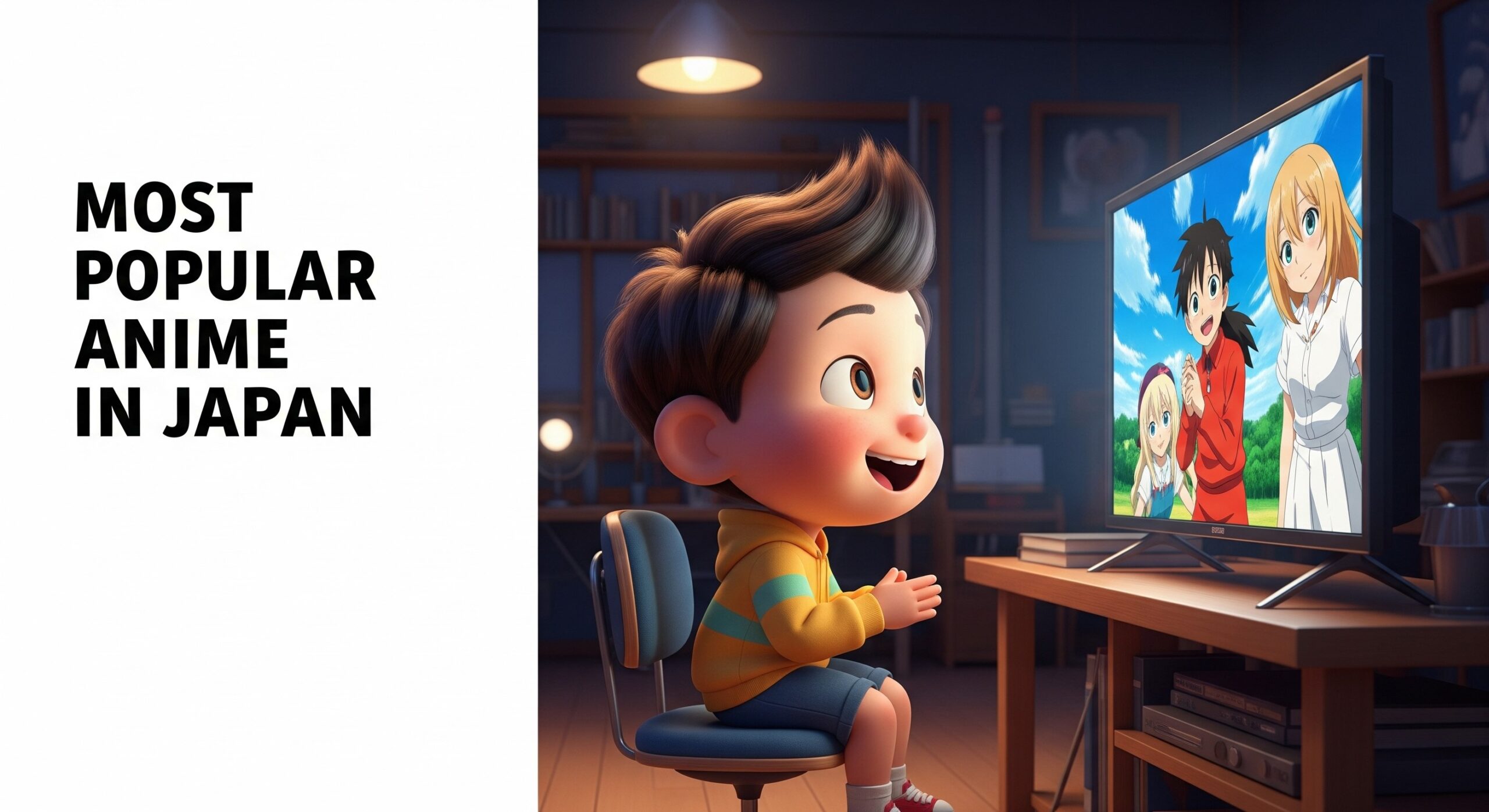Japan’s Most Popular Anime: Timeless & Trending

Introduction
60% of Japan’s most-watched anime don’t match global streaming charts.
While global fans binge One Piece or Naruto reruns, domestic audiences in Japan are glued to titles you’ve probably never heard of — or haven’t paid enough attention to.
The divergence between Japan’s internal fandom and what goes global isn’t just a curiosity — it’s a signal. For content buyers, streamers, and distributors, it’s a visibility blind spot. What’s trending inside Japan is often your pipeline’s future hit… or a missed opportunity.
I’ll show you how Japan’s most popular anime — past and present — shape global demand, influence acquisitions, and uncover overlooked gems.
Key Takeaways
| Topic | Description |
|---|---|
| Legacy Hits | Franchises like One Piece and Dragon Ball still dominate rankings |
| 2025 Seasonal Trends | Titles like Frieren and Witch Watch lead domestic buzz |
| Streaming Disparities | What’s hot in Japan vs what’s trending on Netflix diverge widely |
| Awards & Cultural Wins | Solo Leveling and Dandadan sweep critical acclaim |
Timeless Anime That Still Dominate Japan
One Piece: Still the King
With over 1,000 episodes and a live-action adaptation under its belt, One Piece is more than an anime — it’s a cultural monolith. It’s consistently ranked among Japan’s most-watched shows, boosted by Toei’s strategic seasonal arcs and theatrical drops.
Dragon Ball & Naruto: Evergreens for Every Generation
Dragon Ball Super and Boruto maintain strong domestic presence via TV broadcasts and merchandising ecosystems. These aren’t just shows — they’re IP juggernauts with legacy appeal.
Detective Conan: Japan’s Underrated Global Giant
Almost unknown in the West, Detective Conan routinely beats out global darlings in Japanese viewership charts. It’s a masterclass in sustained local popularity.
Fix Your Supply Chain Blind Spots

Japan’s Top Trending Anime in 2025
Frieren: Beyond the Journey’s End
Winner of multiple seasonal awards, Frieren explores post-hero life with emotional depth and strong character arcs. Japanese viewers resonate deeply with its mature storytelling.
The Apothecary Diaries Season 2
Maomao’s return continues to grip audiences. The blend of court intrigue, historical realism, and slow-burn mystery makes it a top seasonal hit in Japan.
Solo Leveling & Dandadan
Though based on Korean and manga origins respectively, both shows broke into the top 5 of spring anime lists in Japan. Their international pedigree didn’t stop them from becoming domestic sensations.
Witch Watch and Sakamoto Days
Both from the pages of Shonen Jump, they’re prime candidates for sleeper-to-mainstream success as adaptations gain steam.
Award Winners and Critical Darlings
Crunchyroll Anime Awards 2025
Solo Leveling and Dandadan dominated both domestic and international categories, signaling rare alignment in taste and quality. Don’t sleep on these dual-market dynamos.
Newtype Anime Awards & Oricon Rankings
Frieren and Apothecary Diaries continue to win hearts — and hardware. These accolades signal long-tail streaming value.
Map Demand Before It Peaks

Box Office vs Broadcast: What’s Driving Popularity?
From Infinity Train to Castle Finales
Demon Slayer: Mugen Train smashed every box office record. With Infinity Castle on the horizon, theatrical anime continues to fuel nationwide frenzy — not just merch but prime-time promos and tourism tie-ins.
TV Networks Still Matter in Japan
Unlike the West, Japan’s anime dominance is still tied to broadcast power. Kingdom and Detective Conan benefit from strong Saturday night slots.
Streaming vs Domestic Rankings
Netflix’s Top Anime Japan’s Favorites
Globally, Netflix sees repeat plays of One Piece, Naruto, and Attack on Titan. But domestic charts — like Video Research Ltd’s weekly rankings — tell a different story. Japanese viewers prioritize depth and emotional payoff over bingeable action alone.
Hidden Gems Loved More in Japan
Spy × Family, Detective Conan, Kingdom
All top 10 in Japanese household viewership — but rarely prioritized by global streamers for premium slots. The reason? Misalignment in localization strategy and audience insight.
Conclusion
Japan’s most popular anime reflect more than fan taste — they offer strategic insight for global buyers, streamers, and studios.
By monitoring what’s trending locally, you don’t just chase hits — you predict them.Get Your Vitrina Membership Today
Frequently Asked Questions
For summer 2025, shows like Frieren, The Apothecary Diaries, and Sakamoto Days top domestic streaming and fan polls.
It blends procedural storytelling with long-form narrative, perfect for multi-generational appeal — and it’s a weekend TV mainstay.
Major awards like Crunchyroll, Newtype, and Tokyo Anime Award Festival often spark renewed viewership and licensing demand.
Yes. Japan often favors drama, emotional arcs, and serialized TV content over action-heavy global hits — a critical gap for buyers to watch.



























